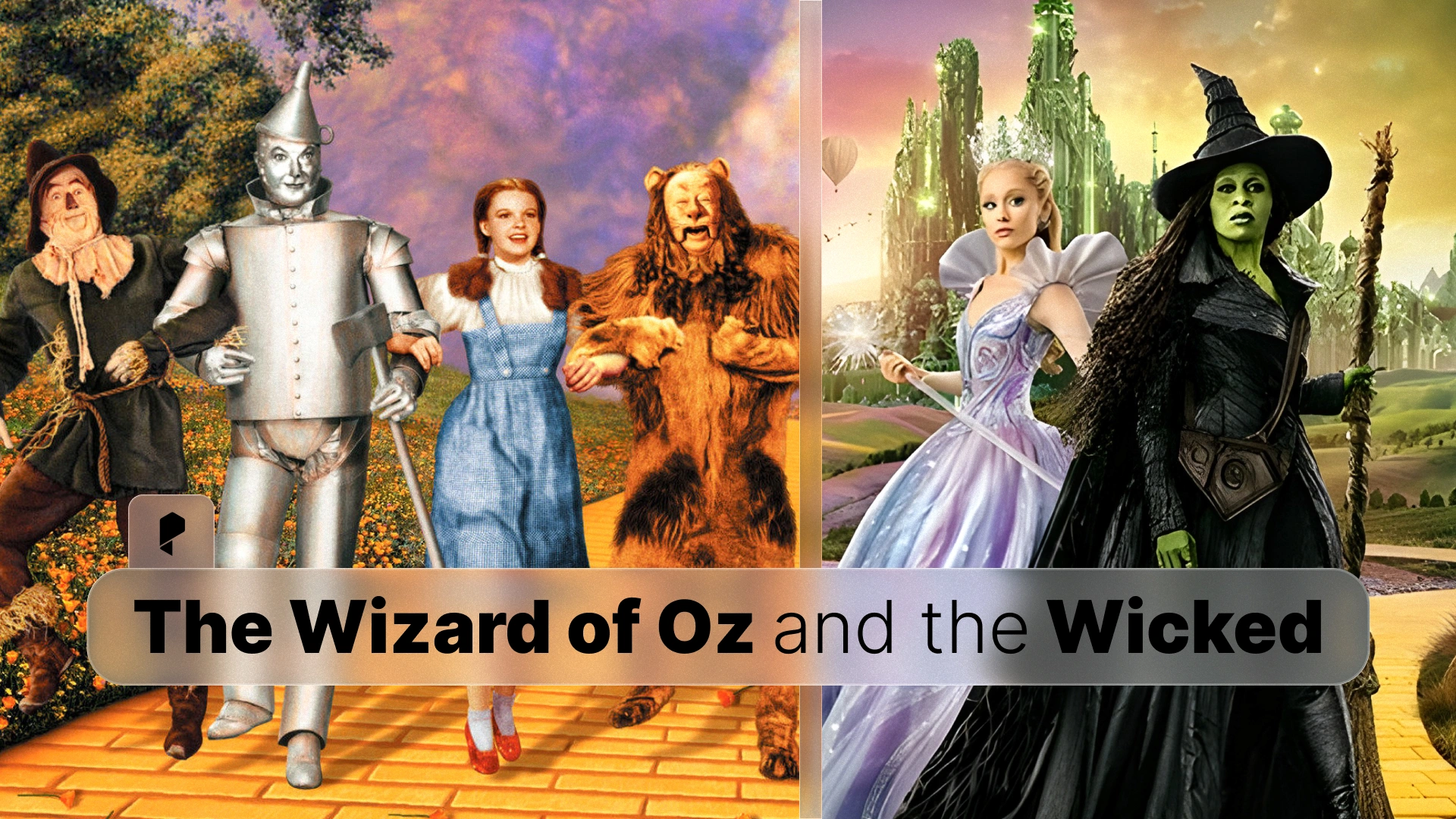What Is a Dolly Shot? A Complete Guide to Cinematic Camera Movements

A dolly shot is a camera movement technique where the camera is mounted on a wheeled platform, called a dolly, and moves smoothly toward or away from a subject. Unlike static shots, which keep the camera in one place, dolly shots allow for fluid movement that enhances storytelling, builds tension, and draws the audience into the scene.
In this guide, we’ll explore what a dolly shot is, its importance in filmmaking, different types, iconic examples, and practical tips for executing the perfect dolly shot. Whether you’re a beginner filmmaker or a seasoned cinematographer, mastering the dolly shot can significantly improve your visual storytelling.
What Is a Dolly Shot?
Definition of a Dolly Shot
A dolly shot is a cinematic technique where the camera moves smoothly along a track, a wheeled platform, or even a handheld stabilizer to create fluid movement. Unlike a static shot, a dolly shot introduces motion, making scenes feel more dynamic and engaging.
The purpose of a dolly shot is to:
- Add depth and dimension to a scene.
- Guide the audience’s focus toward specific subjects or objects.
- Enhance emotional impact by moving closer or further away from a subject.
Typically, a dolly shot involves using professional camera dollies mounted on rails or tracks. However, indie filmmakers often improvise with alternatives like wheelchairs, skateboards, or handheld rigs to achieve similar effects.
Difference Between a Dolly Shot and Other Camera Movements
A dolly shot is often confused with other cinematic movements, such as tracking shots, zooms, and panning shots. Here’s how they differ:
- Dolly Shot vs. Zoom: A dolly shot physically moves the camera forward or backward, maintaining natural depth and perspective. A zoom shot changes the focal length of the lens without moving the camera itself, which can create a flatter, less immersive effect.
- Dolly Shot vs. Tracking Shot: While both involve camera movement, a tracking shot follows a subject’s motion (side to side), whereas a dolly shot usually moves in and out to emphasize or reveal something.
- Dolly Shot vs. Pan Shot: A pan shot rotates the camera from left to right on a fixed position, while a dolly shot moves the entire camera setup for a more dynamic feel.
For a more detailed breakdown of different types of camera movements, check out this comprehensive guide on cinematic camera techniques.
Why Are Dolly Shots Important in Filmmaking?
Enhancing Storytelling
Filmmakers use dolly shots to add depth and emotion to a scene. By pushing in on a character’s face, the audience feels closer to their emotions. Conversely, pulling out can create a sense of isolation, tension, or revelation.
For example, Spike Lee’s signature dolly shot creates a dreamlike, floating effect that emphasizes a character’s internal state, making it an iconic storytelling tool.
Creating Dynamic Visuals
Dolly shots contribute to a more professional and polished look in films. The smooth, controlled movement draws the audience’s attention where the director intends, enhancing the cinematic quality of a scene.
By utilizing circular dolly movements, filmmakers can create a sense of whirling chaos or dramatic intensity, as seen in many action and psychological thriller films.
Iconic Examples of Dolly Shots
Many legendary filmmakers have used dolly shots to create memorable moments in cinema:
- The Hitchcock Dolly Effect (Vertigo Shot) – A mix of dolly and zoom to create a dizzying, surreal effect.
- The Shining (1980) – The eerie hallway scene follows Danny on his tricycle with a tracking dolly shot, enhancing the film’s unsettling atmosphere.
- Spike Lee’s Floating Dolly Shot – Seen in films like Do the Right Thing, where characters appear to float forward, emphasizing surreal or dramatic moments.
Dolly shots are a powerful storytelling tool, and understanding their impact can help filmmakers craft visually stunning scenes.For creative perspectives, consider using a fisheye lens, which can exaggerate the scene’s depth and curvature, adding more depth to the shot. Learn more about fisheye lens effects here.
Types of Dolly Shots
Push-In Dolly Shot
A push-in dolly shot moves the camera closer to a subject, gradually drawing attention to their emotions or reactions. This technique is widely used to:
- Build tension and suspense in thrillers and horror films.
- Highlight a character’s emotional transformation.
- Focus the audience’s attention on important details.
Example:
In Jaws (1975), the camera slowly pushes in on Chief Brody’s face as he realizes the shark attack is happening. This intensifies the moment, making the audience feel his fear.
Pull-Out Dolly Shot
The pull-out dolly shot moves the camera away from the subject, often to create a sense of distance, loss, or revelation. This technique is effective in:
- Establishing a character’s loneliness or vulnerability.
- Revealing the larger world surrounding a scene.
- Creating a cinematic transition between close-up and wide shots.
Example:
In The Godfather (1972), a slow pull-out shot is used as Michael Corleone sits alone, signifying his transformation into a ruthless leader.
Circular Dolly Shot
A circular dolly shot moves around the subject, creating a whirling or immersive effect. This technique is used to:
- Make conversations more dynamic by moving around characters.
- Create chaos or disorientation, often in action or psychological films.
- Emphasize a subject’s power or control.
Example:
In The Avengers (2012), the camera circles around the team before the final battle, making them appear heroic and united.
Tracking Dolly Shot
A tracking dolly shot moves alongside a character, following their movement through a scene. It’s often used to:
- Keep the audience engaged by following the action.
- Maintain continuity in long, unbroken takes.
- Create a sense of immersion and realism.
Example:
In Goodfellas (1990), the famous Copacabana tracking shot follows Henry Hill and his date as they enter the nightclub, making the audience feel like they are part of the experience.
Equipment Used for Dolly Shots
Camera Dolly
A camera dolly is a wheeled platform designed to hold the camera and sometimes the operator. Professional dollies come with hydraulic lifts, allowing for vertical movements in addition to horizontal tracking.
Popular brands include:
- Chapman-Leonard dollies – Used in Hollywood productions for their precision and smooth movement.
- Fisher dollies – Known for their durability and advanced tracking systems.
Tracks and Rails
Dollies often require tracks or rails to guide movement, ensuring smooth and stable shots. These are essential for long, controlled camera moves without unwanted shakes.
Alternatives include:
- Sliders – A compact and portable version of dolly tracks, ideal for smaller productions.
- Steadicams – Handheld stabilizers that mimic dolly movements for more flexibility.
DIY Alternatives
For indie filmmakers or low-budget projects, professional dolly equipment can be expensive. Fortunately, there are DIY solutions that can achieve similar results:
- Wheelchairs or Office Chairs – A simple and cost-effective way to create smooth camera movement.
- Skateboards or Roller Tracks – Can act as a budget-friendly dolly system.
- Handheld Gimbals – Devices like the DJI Ronin or Zhiyun Crane help stabilize handheld shots, mimicking dolly-like movement.
By using creative alternatives, filmmakers can achieve professional-looking dolly shots without breaking the bank.
Techniques for Executing a Perfect Dolly Shot
Planning the Movement
Before shooting, it’s crucial to:
- Storyboard the shot – Plan out the movement and timing.
- Rehearse with actors and crew – Ensure smooth coordination.
- Align the movement with the narrative – A dolly shot should enhance the story, not just look stylish.
Achieving Smooth Motion
To avoid shaky or uneven movement:
- Use weighted dollies to prevent sudden jerks.
- Ensure tracks are laid evenly on a stable surface.
- If using a handheld alternative, practice smooth, controlled movements.
Coordinating with Actors and Crew
A successful dolly shot requires precise timing between the camera operator and actors. Some key tips:
- Establish clear cues for movement.
- Keep a steady pace to match dialogue or action.
- Maintain consistent framing throughout the shot.
Lighting and Framing Considerations
Since dolly shots involve movement, maintaining consistent lighting and composition is essential. Some factors to consider:
- Adjust light placement to avoid unwanted shadows as the camera moves.
- Use marks on the floor to guide actor and camera positioning.
- Keep an eye on focus pulling – movement can change the depth of field, requiring adjustments.
By mastering these techniques, filmmakers can create dolly shots that feel seamless and enhance storytelling.
Famous Uses of Dolly Shots in Film
Hitchcock’s Vertigo Effect
One of the most famous dolly techniques is the Vertigo Effect, also known as the dolly zoom. This effect was pioneered by Alfred Hitchcock in Vertigo (1958). The shot involves simultaneously zooming in while dollying out, creating a disorienting, warping effect that reflects the character’s psychological state.
Example:
In Vertigo, the camera zooms in on James Stewart’s character while dollying backward, making the staircase appear to stretch unnaturally. This visually represents his fear of heights.
Spike Lee’s Signature Style
Director Spike Lee is known for his floating dolly shot, where a character appears to glide forward while the background moves around them. This effect is achieved by mounting the actor and camera on the same dolly, creating a surreal, dreamlike feel.
Example:
In Do the Right Thing (1989), a floating dolly shot is used to emphasize moments of tension, making characters feel like they are being pushed by external forces.
Stanley Kubrick’s Hallway Shots
Stanley Kubrick masterfully used tracking dolly shots to create suspense and unease. His signature long, steady dolly movements give scenes a hypnotic and unsettling quality.
Example:
In The Shining (1980), the famous hallway scene follows Danny as he rides his tricycle through the Overlook Hotel. The smooth dolly movement builds an eerie sense of anticipation.
Modern Examples
Many contemporary filmmakers continue to use dolly shots for dynamic storytelling. Some notable recent examples include:
- Christopher Nolan (Inception, Dunkirk) – Uses tracking dolly shots to maintain momentum in action scenes.
- Denis Villeneuve (Blade Runner 2049) – Uses slow push-in dolly shots to build emotional intensity.
- Quentin Tarantino (Pulp Fiction, Kill Bill) – Frequently uses tracking shots to follow characters through long, continuous takes.
Dolly shots remain a fundamental tool in modern cinematography, helping filmmakers craft visually compelling scenes.
Pros and Cons of Using Dolly Shots
Advantages
✔ Cinematic Quality – Dolly shots add a polished, professional look.
✔ Enhances Storytelling – Can create emotional depth, tension, or excitement.
✔ Smooth Camera Movement – Avoids the shakiness of handheld shots.
✔ Guides Audience Attention – Directs focus to key elements within a scene.
Challenges
✖ Expensive Equipment – Professional dolly setups can be costly.
✖ Setup Time – Requires careful planning and track placement.
✖ Space Limitations – Dollies need room to move, making them impractical in tight locations.
✖ Coordination Complexity – Requires precise teamwork between camera operators and actors.
When to Use a Dolly Shot vs. Alternatives
Dolly shots are not always necessary. Here’s when to use alternative techniques:
- Use a zoom instead – If you don’t have space for a dolly, zooming can achieve a similar effect (though less immersive).
- Try a handheld stabilizer – Gimbals or Steadicams can replicate dolly movements more flexibly.
- Opt for a slider – Sliders provide controlled movement in limited space.
Conclusion
Key takeaways:
- Dolly shots move the camera smoothly on a track or wheeled platform.
- They create dynamic visuals, enhance storytelling, and draw audience attention.
- Different types include push-in, pull-out, circular, and tracking dolly shots.
- Iconic filmmakers like Hitchcock, Kubrick, and Spike Lee have used dolly shots to great effect.
- Budget-friendly solutions exist for indie filmmakers.
Ready to take your cinematography to the next level? Try incorporating a dolly shot into your next project and experiment with different movements to enhance your storytelling!
If you buy something through our links, we may earn an affiliate commission or have a sponsored relationship with the brand, at no cost to you. We recommend only products we genuinely like. Thank you so much.





